NASA shares stunning snapshot of Saturn's Moon Enceladus
Enceladus was captured by NASA’s Cassini spacecraft during its close flyby. Here’s what you need to know.
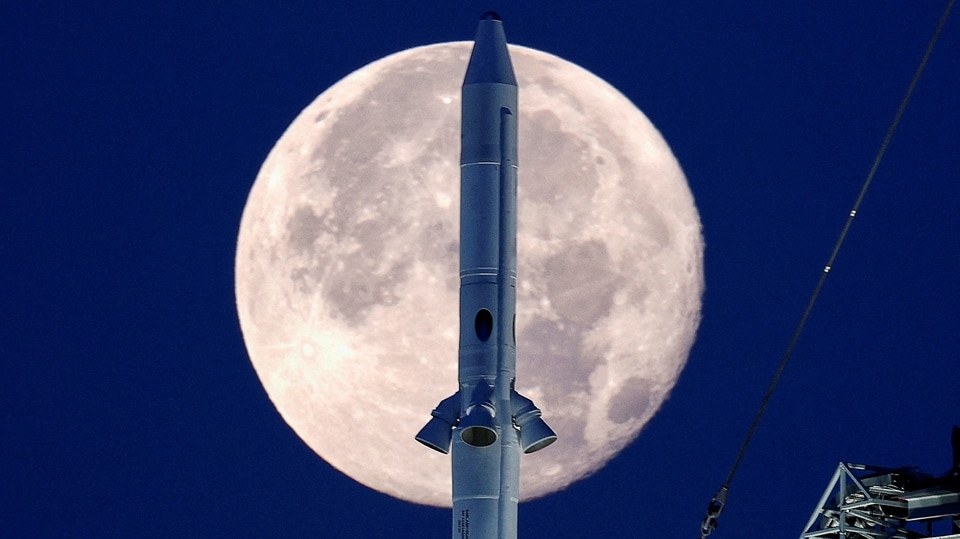
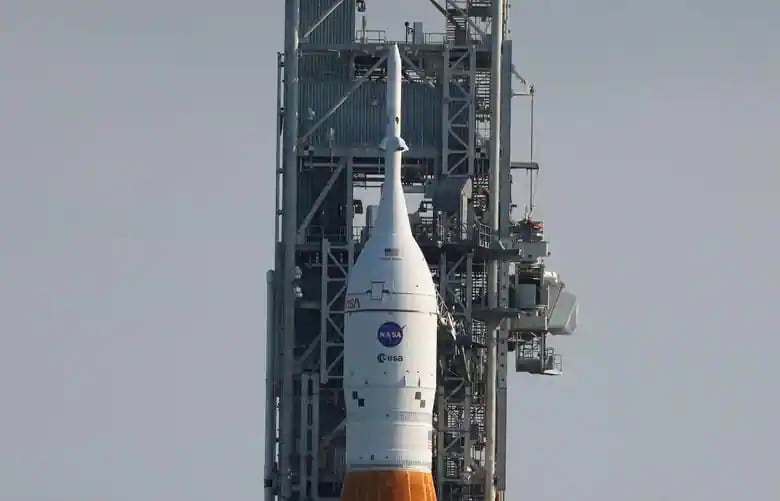

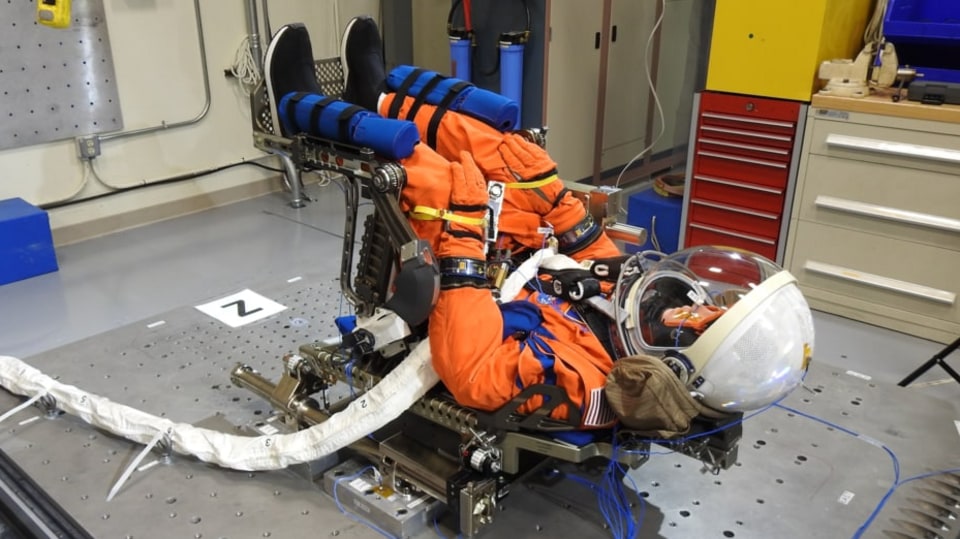
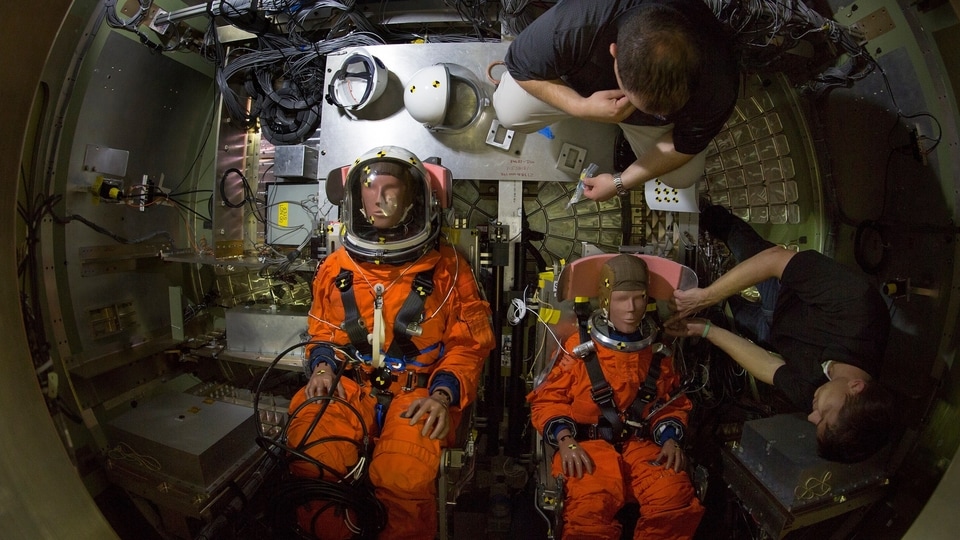
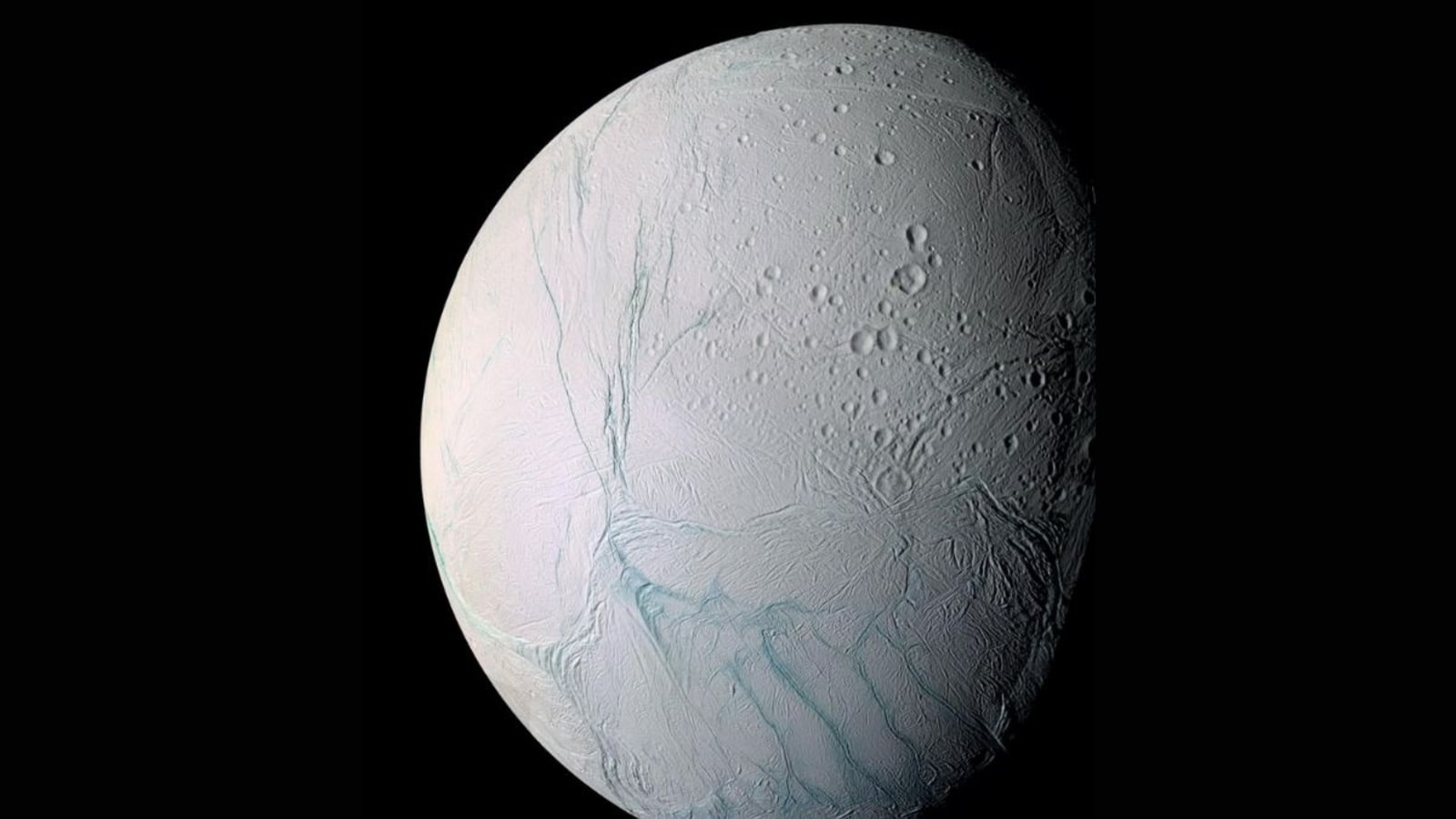
 View all Images
View all ImagesNASA has shared a stunning snapshot of one of Saturn's Moons called Enceladus. Considered the most reflective celestial body in our solar system, Enceladus is an active moon with a surface completely covered in ice. NASA estimates that the ice stretches for about 20-25 kilometers deep into the surface. Enceladus is Saturn's 6th largest Moon in size and the 19th largest Moon in our solar system.
As a result of surface being covered in ice, the temperatures on the moon remain extremely low. During the mid-day, the surface temperatures reach just -198-degree Celsius. According to NASA, Enceladus travels in an elliptical orbit around Saturn at a distance of about 238,000 kilometers. Since this orbit is tidally locked, this means only one side of the Moon faces Saturn at all times.
The image was captured by NASA's Cassini spacecraft for the first time in 2005 when the spacecraft made a close flyby. It examined the Moon's south polar region, capturing its unique and complex terrain. Sharing the image on Instagram, NASA explained, "Cassini's image of the white surface of Enceladus is seen in an enhanced coloured view. The Moon's surface is marred by light blue cracks spreading out in all directions and spotted with deep craters. The planet is not fully visible as black space surrounds the moon, and a shadow develops the right side of its surface."
Cassini's discovery about Enceladus
Upon close flyby to the Moon, NASA scientists were intrigued by the readings taken by the magnetometer. They discovered something was pushing against Saturn's magnetic field near Enceladus.
After a close inspection, NASA's Cassini spacecraft revealed that Enceladus is an active moon that hides a global ocean of liquid salty water beneath its crust. Jets of icy particles from buried ocean, laced with a brew of water and simple organic chemicals, gush out into space continuously from this fascinating ocean world.
Catch all the Latest Tech News, Mobile News, Laptop News, Gaming news, Wearables News , How To News, also keep up with us on Whatsapp channel,Twitter, Facebook, Google News, and Instagram. For our latest videos, subscribe to our YouTube channel.





























